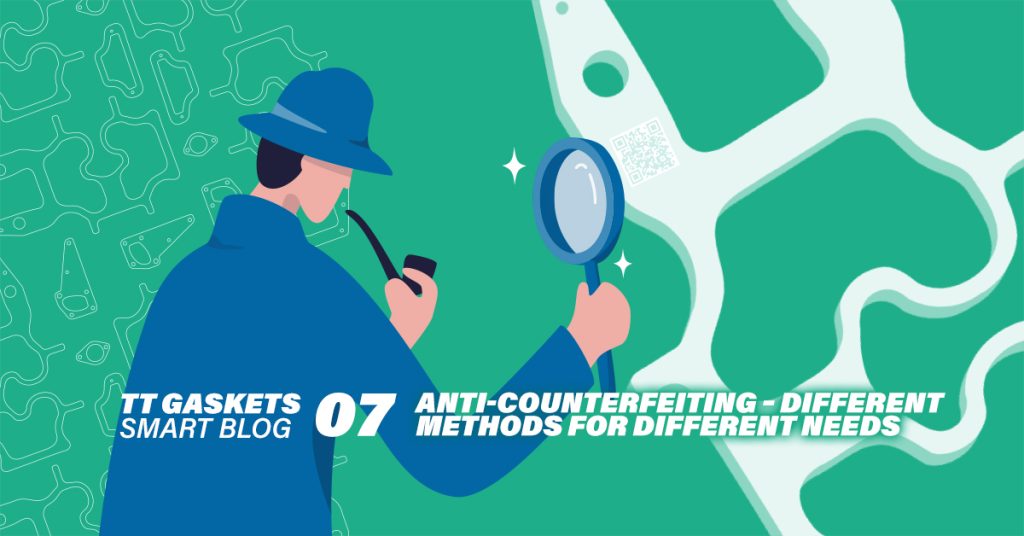Anti-counterfeiting – The problem with fakes extends far beyond clothing brands

I was a bit surprised when scrolling through the results of the recent EUIPO questionary for youth regarding counterfeit goods. On average, over a third of 15- to 24-year-olds in the EU – and nearly half of Finnish youngsters – have intentionally bought fake goods, especially clothing.
The youth are not to blame. The pressure from social media and peers to wear certain brands easily influences the young mind.
Cutting corners is a (bad) habit
Not everyone is made of money, so finding ways to cut corners and costs is human. However, this skimping extends far beyond expensive clothing brands and is an issue within all industries. As cost saving is at the heart of our current economic system, it’s no wonder companies are turning every stone when searching for cheaper alternatives.
Here’s the but: saving costs often also means saving on quality, and that might not be good in the long run. Quantity over quality is rarely a sustainable business model, but some companies just don’t care. Buying cheap materials and parts for making what are basically disposable goods is one thing, but making bargains that are essentially stealing is another. These bargains are often actual thefts and organized criminals that ruthlessly exploit other brands and sell goods under the same name.
It’s a slippery slope
Each euro spent on these counterfeit goods is a euro for the criminals to continue their illegitimate business. Taking responsibility is rarely the strongest feat of these organizations, so the safety of people and the environment is their smallest concern.
Buying fake shoes might not do any harm in the short run, but procuring illegitimate spare parts just once for an airplane already endangers the life of hundreds. In the long run, everyone except the criminals loses, and it undermines the integrity of our society.
All hope is not yet lost
Then again, there are companies such as TT Gaskets who are doing their fair share to fight the counterfeiters.
We began researching different methods for improving our product security five years ago when we heard some alarming facts from one of our major clients. They said they’re losing tens of millions of euros annually in after sales business due to counterfeiting, and they knew that their products are sold in similar packages and with the same product codes as their own. The supplier is just not their official partner and there’s nothing they can do about it.
Different methods for different needs
We can equip our products with laser-engraved or ink-jet printed markings. This method is already gaining popularity while adding a level of complexity that the counterfeiters don’t want to invest in.
Serial numbers and product codes also help the end user identify authentic parts. The marking may be a QR code that provides more information regarding the product and its use or triggers the warranty. The EU is currently developing a digital product passport, a similar idea to ours. The QR code can be printed on the product label and added to our TTG Smart Tracking software that ensures the authenticity of the product and tracks its location based on the readings.
That’s not all. We are already going one step further by researching and developing invisible markings which can be read by energizing the material with, for example, UV light that reveals the identification by changing color.
A combination of these surprisingly cost-effective methods can increase the complexity of a product to such a level that it is basically impossible to copy. Then again, it leaves the responsibility of choosing authentic spare parts to the end user. At least claim cases are easier to solve when the authenticity is provable afterwards. And if you want to hear more about our methods of Smarter Sealing for a Safer and More Secure Tomorrow, don’t hesitate to contact us.
